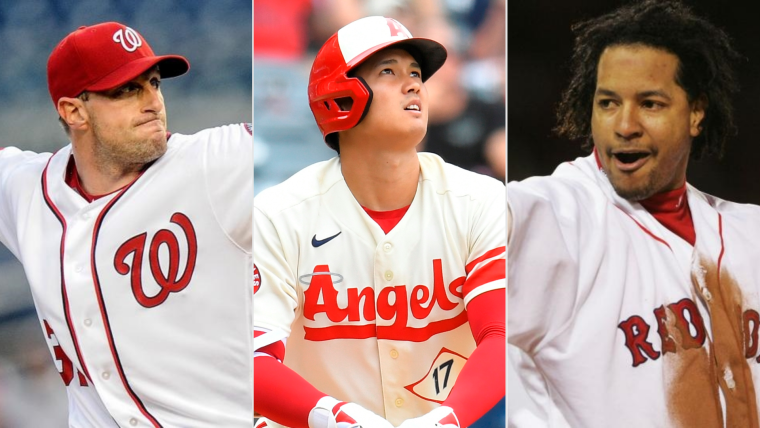MLB’s Legacy of Deferred Salaries: Shohei Ohtani Joins Elite Club with Unique Dodgers Contract
In the wake of Shohei Ohtani’s groundbreaking contract with the Dodgers, the sports world was left in awe. A 10-year, $700 million deal with an annual average salary of $70 million was enough to capture attention, but the revelation of Ohtani’s deferred payments added a unique twist. With approximately $680 million deferred until 2034 and beyond, Ohtani’s strategic financial move has paved the way for unprecedented flexibility in building the team around him. This approach, reportedly suggested by Ohtani himself, aligns with a trend in MLB history where players opt for deferred payments, ensuring a steady income long after their playing days.

Ohtani joins the ranks of other notable players, including Mookie Betts and Freddie Freeman, who have incorporated deferred salaries into their contracts. While Betts and Freeman’s deferrals pale in comparison to Ohtani’s, they are part of the larger narrative of financial creativity in the league. Let’s explore some of the most remarkable deferred salary stories in MLB history:
Bobby Bonilla, Mets
- In 1991, Bobby Bonilla signed a five-year, $29 million contract with the Mets, making it the richest in team sports at the time.
- Released after the 1999 season, the Mets opted to defer the remaining $5.9 million.
- Every July 1 from 2011 to 2035 marks “Bobby Bonilla Day,” as he receives an annual payment of $1.19 million.
Bruce Sutter, Braves
- In 1984, Bruce Sutter signed a six-year, $9.1 million contract with the Braves.
- His salary was converted into interest payments, with Sutter earning $750,000 per year.
- Since 1990, the Braves have paid Sutter $1.12 million annually, concluding with a final payment of $9.1 million in 2022.
Ken Griffey Jr., Reds
- In 2000, Ken Griffey Jr. signed a nine-year, $112.5 million contract extension with the Reds.
- $57.5 million in deferred payments, with four percent interest, spanning from 2009 to 2024.
- Griffey’s salary hit of $3.59 million in 2023 exceeded all Reds players except Joey Votto.
Manny Ramirez, Red Sox
- Ramirez signed an eight-year, $160 million contract with the Red Sox in 2001.
- Traded to the Dodgers in 2008, the Red Sox remained responsible for $32 million, leading to deferred payments.
- Since 2010, Ramirez has received nearly $2 million annually, with the final payment scheduled for 2026.
Chris Davis, Orioles
- The Orioles signed Chris Davis to a seven-year, $161 million deal with $42 million deferred over 15 years.
- Davis to receive 10 installments of $3.5 million annually from 2023 to 2032 and five installments of $1.4 million from 2033 to 2037.
- Despite Davis’s early retirement in 2021, he remains on Baltimore’s books for another decade.
Max Scherzer, Nationals
- Max Scherzer, a two-time World Series champion, signed a seven-year, $210 million contract with the Nationals in 2015.
- Half of his deal, $105 million, deferred to be paid through 2028, starting with $15 million increments in 2022.
- Scherzer’s deferred salary continues to impact the Nationals’ payroll for another five years, despite not playing for them since 2019.
Shohei Ohtani’s strategic deferment adds a new chapter to the rich history of MLB players navigating the financial landscape, leaving a lasting impact on teams and players alike.
